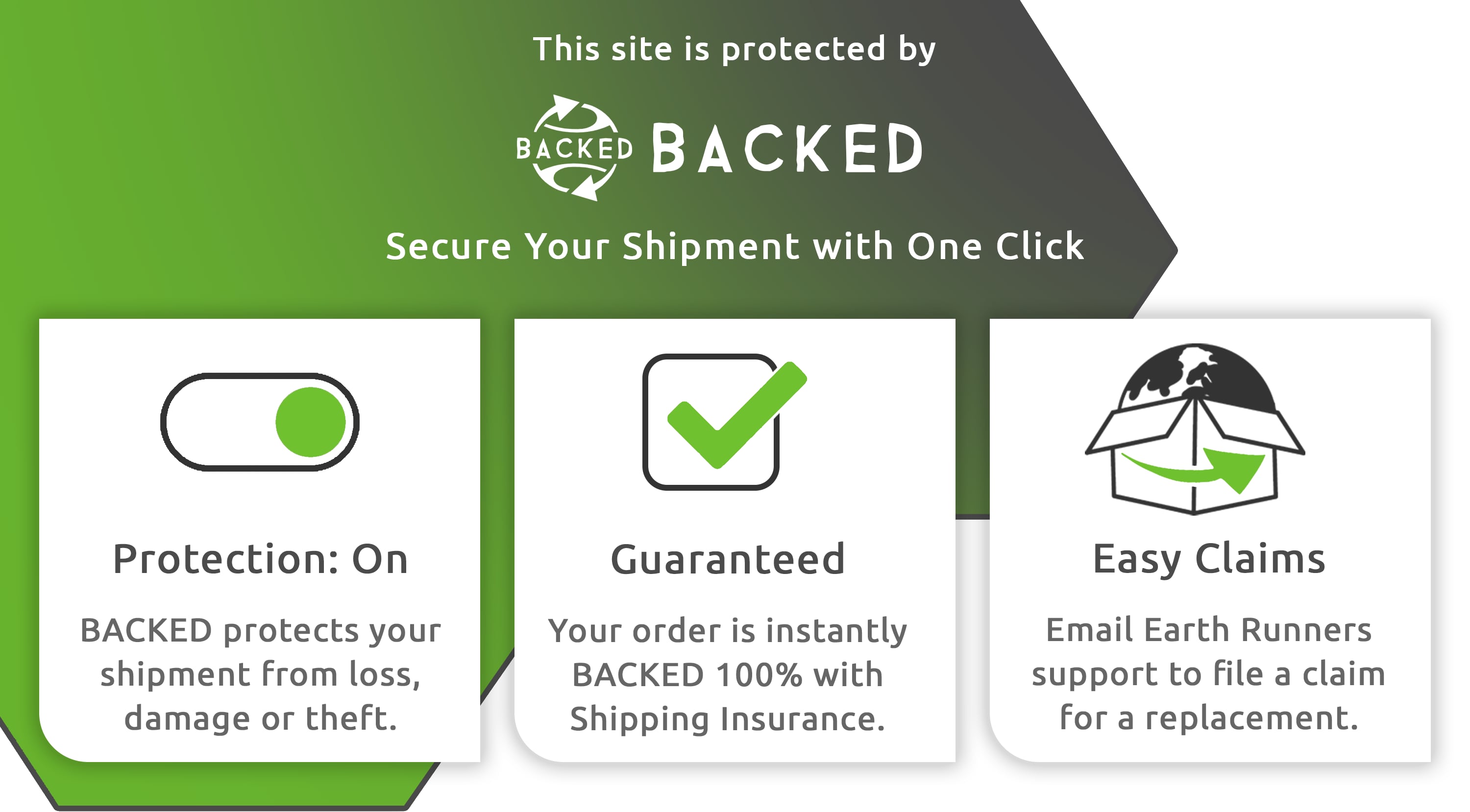5 Tips to Transition to Minimalist Sandals Safely
More and more people are beginning to discover the health benefits of wearing minimalist shoes and sandals. Conventional shoes are the perfect storm for foot, ankle, knee, hip, and lower back injuries. In fact, over 75% of the population suffers from foot pain and injuries, usually caused by shoes, at some point in their life!*

There are many reasons why this happens, but today, we’re going to focus on transitioning to minimalist sandals safely. Because, while modern shoes are a recipe for disaster, they’re probably what your feet have been trained to work with with for most of your life. The following list gives you our 5 best tips and tricks to safely and comfortably make the switch to team #minimalism!
Start Slow: We know it can be tempting to take your new sandals out on a test run as soon as they arrive, but please don’t go hike your normal routes in minimalist sandals on day one! Instead, bring your lightweight sandals along and start by doing 20% of your normal distance in sandals. Get a feel for it, dial in the laces and build your way up to doing full hikes in sandals. Getting stuck on your first long hike (in sandals) is a formula for injury. Simply spending time in your new sandals whether engaged in physical activity or not can help you acclimate faster. Try to wear them as much as you can throughout the day as your normal routine allows.

Build a New Foundation: An effective tactic to ensure a smooth transition to minimalist sandals is to walk on uneven natural terrain with extra weight (20-40lb) on your body for short distances. Try carrying a heavy pack or heavy trail rock, or even farmer carries at the gym! This will enforce proper biomechanics and build strong muscle, ligaments, tendons and train the fascia. Practicing the forefoot/midfoot touching the ground first should come to you more naturally while carrying weight as the consequences of jarring your heel will be greater (“Ouch!”). Note: Add incrementally to your existing regimen to avoid overdoing it!
Work the Fascia: With less protection underfoot, your feet will get sore. You’ll need to work the fascia to allow a new foundation to form. Try using a golf ball or tennis ball to work out the soreness on the bottom of your feet, calves, and achilles tendon. You can also try walking short distances on natural uneven terrain totally barefoot to help work the fascia and receive a sensational reflexology treatment. Listen to your feet but try to relax into whatever terrain you are walking on. If you are unable to avoid tensing your feet, try moving to a section of ground with more gentle terrain features.

Soothe the Fascia: Soaking your feet in a warm epsom salt foot bath is one of the most restorative things you can do for your feet when they are sore, inflamed, and building new strength. To increase the therapeutic value of of a hot foot bath, try adding some essential oils (peppermint, eucalyptus, or lavender) for additional relaxing, restorative and anti inflammatory effects.
If your feet are really sore you can alternate your hot foot bath with an ice foot soak to achieve some contrast therapy and flush the lactic acid out of your sore feet.

Listen to Your Feet: Your feet have hyper-sensory capabilities, so listen to what they have to say. When they say slow down, slow down! When they scream, take a break. Err on the side of caution. You will move though the world differently in minimalist sandals so be ready for a change of pace. You may have a heavy exercise day lined up that your feet are not ready for. Don’t ignore you feet’s request for a chill day.
If you ever feel pain in the form of soreness in your feet, try taking your sandals off and going barefoot to work the fascia in your feet by increasing the biofeedback from the ground. Don’t push through the pain, listen to what the pain is trying to tell you. Tendons take 6-12 months to adapt to new loads on the body, so take the long term approach.
With these 5 tips in mind, you’ll be prowling the world like your ancestors in no time!

*reference: https://www.apma.org/files/APMA2014TodaysPodiatristSurveyAllFindings.pdf

